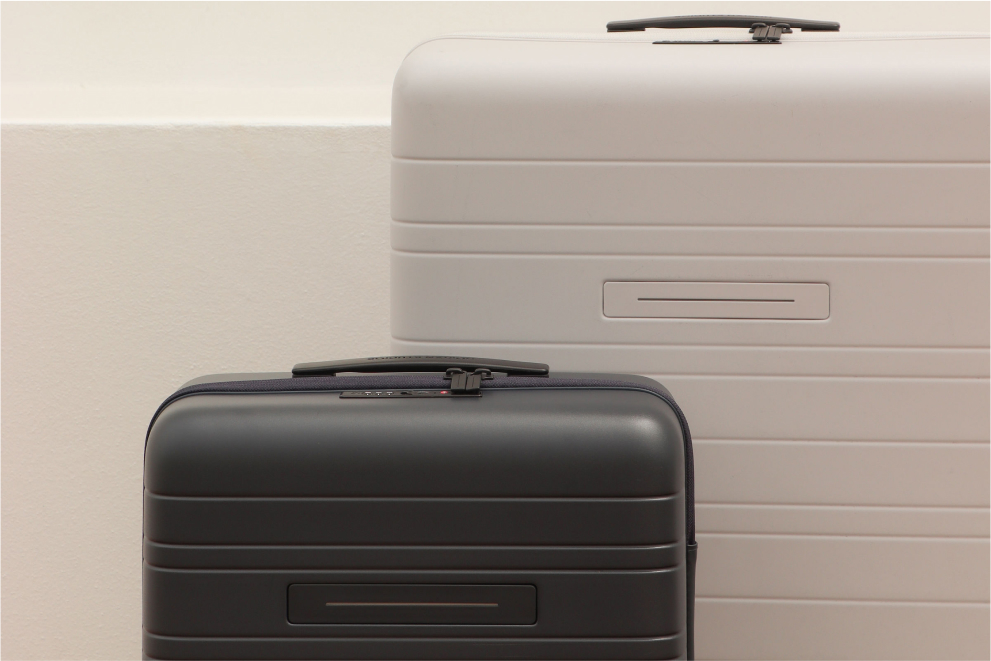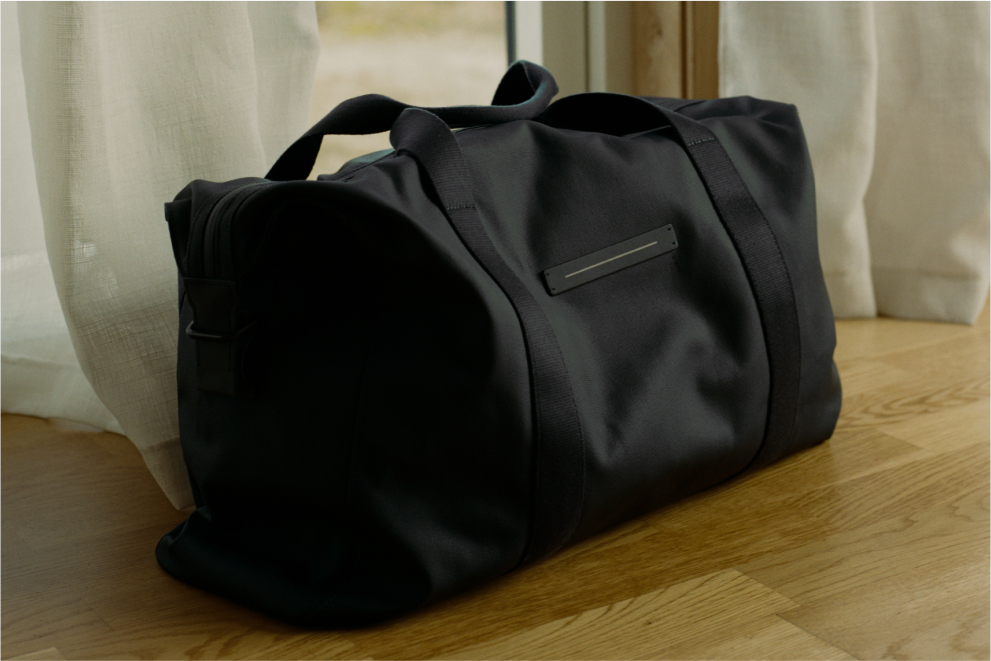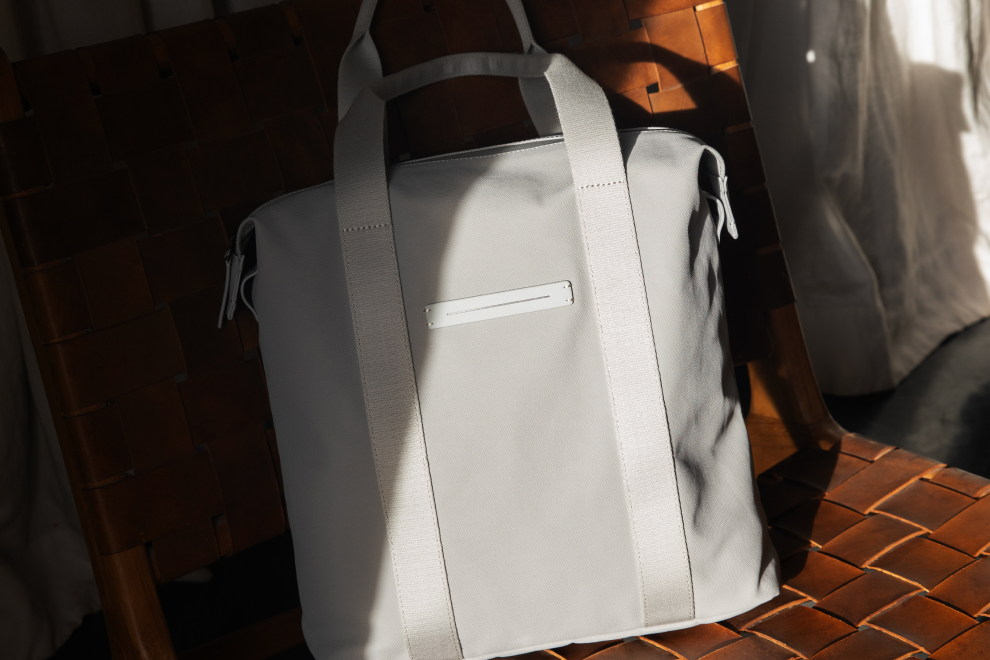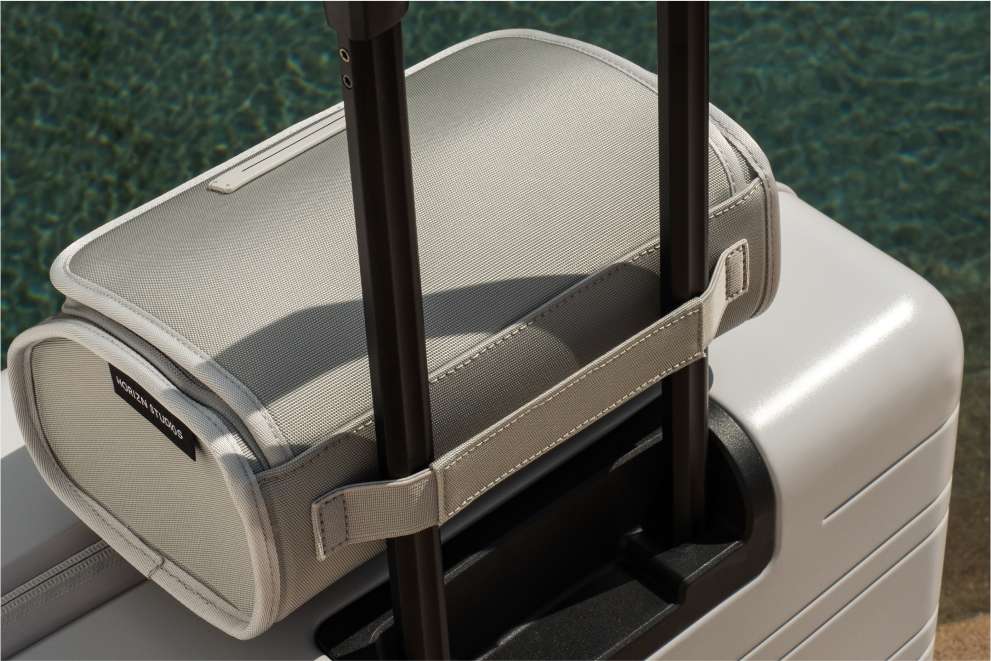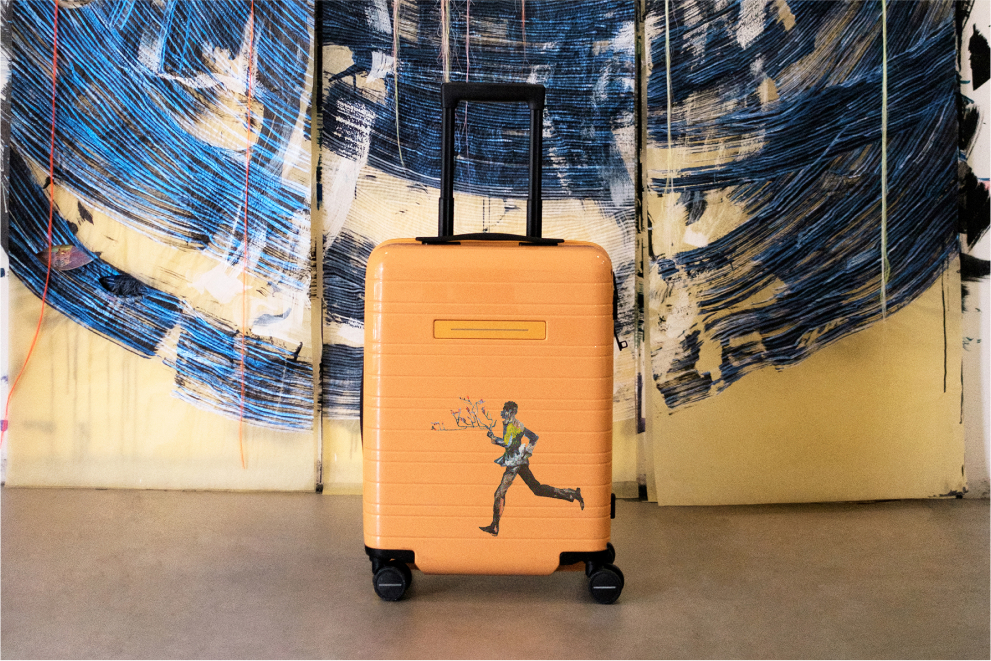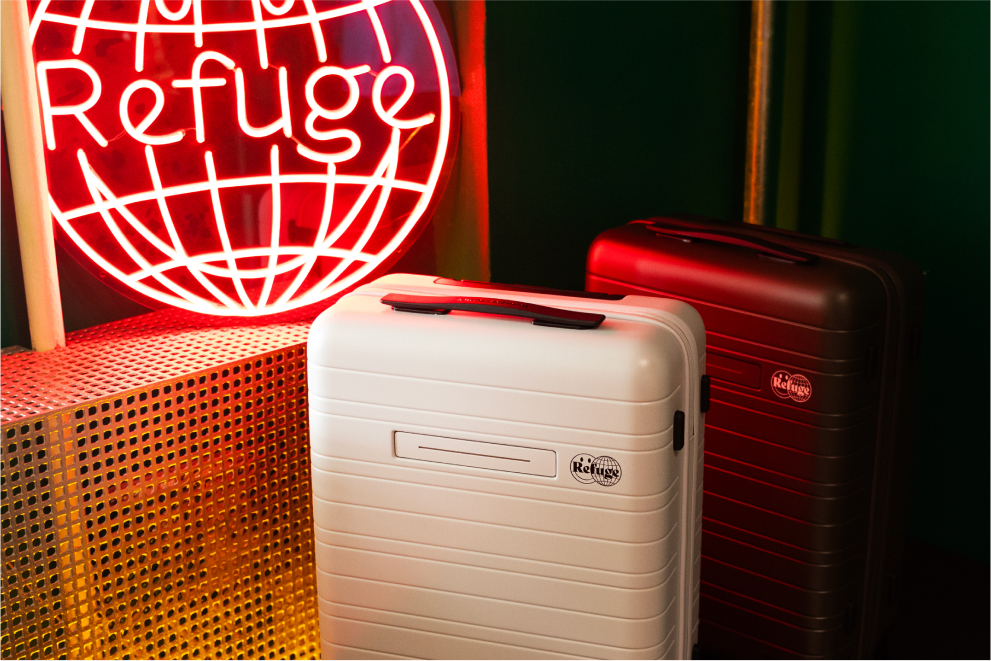Zing Tsjeng’s Insider Guide to Singapore
The journalist and editor on where to stay, eat, and dance
“In life, I feel like you’ve got one big travel move in you. Whether that’s travelling around the world or uprooting your life and moving to a totally different county, like I did at 16,” says Vice US and UK editor-in-chief Zing Tsjeng from her home in East London. In fact, for her, it’s a very human urge to want to move and to travel and see new things and find new horizons; and it’s very pivotal to her as a person and a storyteller. An esteemed editor, Zing is also a podcaster and author. In 2018, she published her four-book series, Forgotten Women, which explores the untold stories of inspiring women who have been marginalised from history. In 2023, it was reissued as an anthology.
Every time Zing visits her birthplace, Singapore, she realises how much she was missing it: “Everything from the way the city sounds and the taste of the food to the layout of the streets and the way the buildings look, it all feels so nostalgic to me. Read on for her insider take on the bustling metropolis – including her favourite places for food, culture, and more.
Tell us about your link to Singapore.
I grew up and lived there for about 16 years. Most of my family still live there with our menagerie of animals, including a gang of about seven ginger tabby cats and a rescue dog, Patek.
When’s the best time to visit the city?
It’s boiling hot and humid pretty much all year round, so there isn’t exactly a right time or wrong time to visit weather wise. I’d preferably stay away from the wet season, which generally falls between September and February, but the torrential downpours usually dry up very quickly in the heat so it never stays wet for long.
What’s the city’s dress code?
Singapore is hot and sticky, so most people opt for breathable fabrics and light trainers or sandals. The air-conditioning in shopping malls and buildings tends to be on the cooler side, so it’s wise to bring a light jacket for some extra warmth. Style wise, it’s a very informal, laid-back city, so you’re just as likely to see people wandering around in shorts, old gym T-shirts and flip-flops as you are likely to see someone in Balenciaga trainers.
Which is the city’s coolest neighbourhood?
Tanjong Pagar has a ton of independent bars and upscale restaurants. It’s very walkable, home to some beautiful 19th-century shophouses and has two excellent hawker centres – Maxwell Food Centre and Amoy St Food Centre.
What’s your favourite building or piece of architecture in Singapore and why?
I love Golden Mile Tower, a faded brutalist-inspired shopping mall. It’s a little like stepping back in time, nothing like the shiny, glossy shopping malls that line the shopping district of Orchard Road. Its warren-like halls are home to the Projector, one of the few independent cinemas in Singapore. Grab a drink before a film and linger in the breezy outside rooftop space – the view is amazing.
What about for a spot of culture?
The National Gallery Singapore is a beautiful, airy and serene art museum in the centre of town. If you’re hungry, the National Kitchen is in the same building – it’s a great place to sample Peranakan food from the beloved chef Violet Oon.
Where’s your favourite place to wake up?
My mother would kill me if I said anywhere else but my childhood home! I once booked a stay at Siloso Beach Hotel on Sentosa to get away from the city – it’s an eco-hotel right on the beach, and you can take your very generous all-you-can-eat buffet breakfast next to the resident peacocks. I ended up spending more time in the gorgeous freshwater swimming pool than the actual sea.
What’s the best place for brunch?
Singapore hawker food got a huge publicity boost when Hawker Chan was awarded a Michelin star. Hill Street Tai Hwa Pork Noodles got its star in 2016 but has flown relatively below the radar and remained true to its hawker food roots. You can only get it at one place and that’s on Crawford Lane in an unassuming open-air kopitiam (a traditional coffee shop usually home to a range of different food vendors). Get there early and be prepared to queue; trust me when I say the locals laugh at tourists who flake out after only half an hour. You’ll be rewarded with the best bak chor mee (minced-pork noodles) on the planet. Grab a teh C peng (cold pulled-milk tea) from the neighbouring stall while you wait.
Where are we going for lunch?
I love the plant-based food at Whole Earth, a vegetarian restaurant that specialises in the distinctive Nyonya cuisine of the Perenakan community, which emerged out of Malay and Chinese families intermarrying in the region. They do a vegetarian honey-pork ribs (complete with fake bone) that beggars belief – I can’t believe it’s not meat.
A dinner date?
There are plenty of high-end places you can take a date to – any of the restaurants or bars on Dempsey Hill, a former army barracks turned dining destination, will impress. But I’ll never be happier than eating the buttery, artery-clogging salted-egg prawns and cereal squid at Mak’s Place on the side of a road at a folding table. The service is wildly inconsistent, but you can’t argue with the quality of food. Or the portion sizes.
Drinks with friends?
The last time I was back, I whiled away an afternoon drinking with friends on the rooftop bar of Potato Head Singapore – it’s in a beautiful heritage shophouse in Chinatown.
We want to go dancing. Where are you taking us?
I hate bottle-service clubs with dress codes, so I’d take you to Headquarters, a techno club in Boat Quay on the side of the river.
Best way to spend a Sunday?
Eating, obviously. When I’m in Singapore I plan out all my days around where and when to eat. I like to start nice and early with kaya toast, a soft-boiled egg and teh C at a local kopitiam. Maybe some otak otak (fish cake in banana leaf) on the side. Killiney Kopitiam is a huge chain you can find all over Singapore, but you can still visit the original outpost on Killiney Road.
Where’s best to pick up some local literature?
I love grabbing a coffee at Epigram bookshop inside Singapore Art Museum, which is the only place in SIngapore to solely stock books by Singaporean authors. If you want to dip your toe in Singaporean literature, I highly recommend the Eisner award-winning graphic novel The Art of Charlie Chan Hock Chye from local publishing firm Epigram Books.
One thing we shouldn’t miss while we’re in town?
For sheer techno-futurism, it’s hard to beat Gardens By the Bay. It’s worth paying the admission fee to get into the Cloud Forest Dome, which looks like a pocket mountain (complete with waterfalls) in a space-age biome.
Tell us about a place that only locals know about.
I love going to Pulau Ubin. It’s a tiny island off the coast full of wildlife and nature. You can rent bikes near the jetty and explore – watch out for the wild pigs and monkeys, though, because they have been known to nick food off visitors. You get there by bumboat from Changi Point Ferry Terminal.
What’s one misconception about Singapore?
That it’s an overdeveloped concrete jungle. The city is full of greenery and there’s plenty of secret wildlife if you know where to look. I’ve seen wild otters, monitor lizards and crocodiles at Sungei Buloh Nature Reserve.
Do you have a favourite secret spot in the city?
I’ve been going to My Cosy Corner ever since I was a student. It’s a hole-in-the-wall café in Coronation Plaza that serves the best hand-wrapped popiah (fresh spring rolls) and kueh pie tee (pastry shells filled with chopped vegetables).
One souvenir we should bring?
Irvins Salted Egg Fish Skin – they’re deep-fried fish-skin crisps flavoured with salted egg, with a hint of curry leaf and chilli. They’re incredibly umami and deeply more-ish. Singapore has gone salted-egg crazy in the last few years, and these crisps sold out when they were first introduced. You can buy them at outlets all over the city and even at Changi Airport. It’s an acquired taste, but trust me, they’re highly addictive.
Zing on Going Further With
Zing is the latest guest on Going Further With, where she chats about her big move to London at the age of 16 and her role in amplifying the voices of the next generation of writers.
